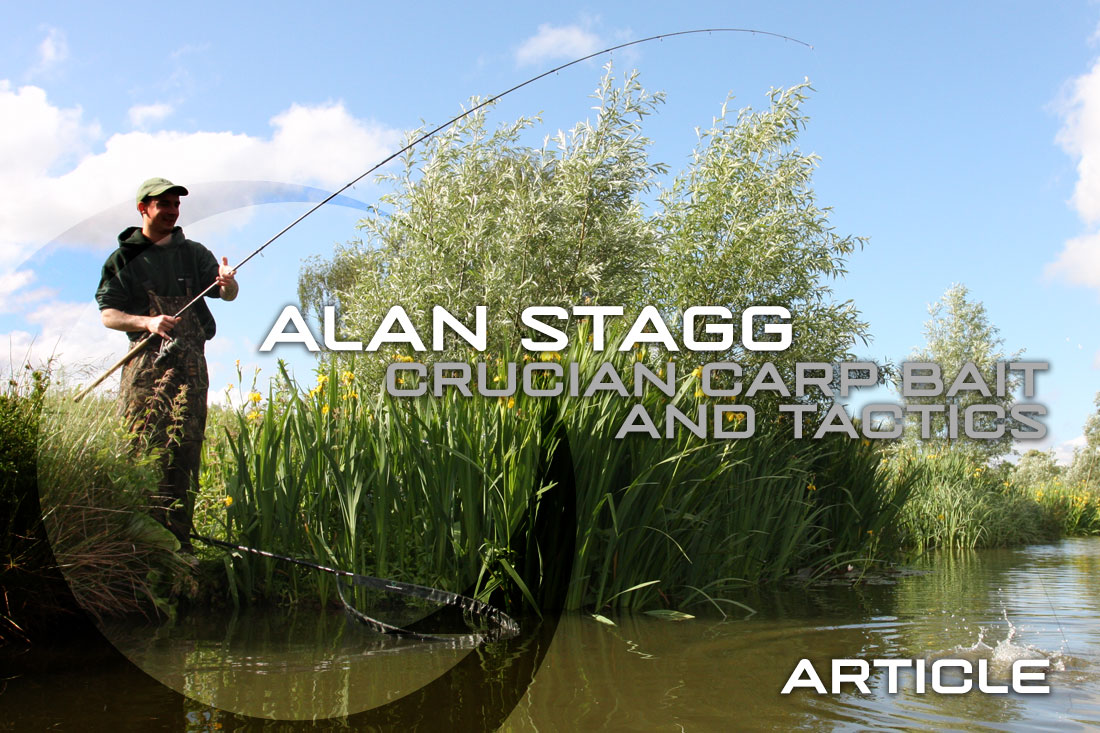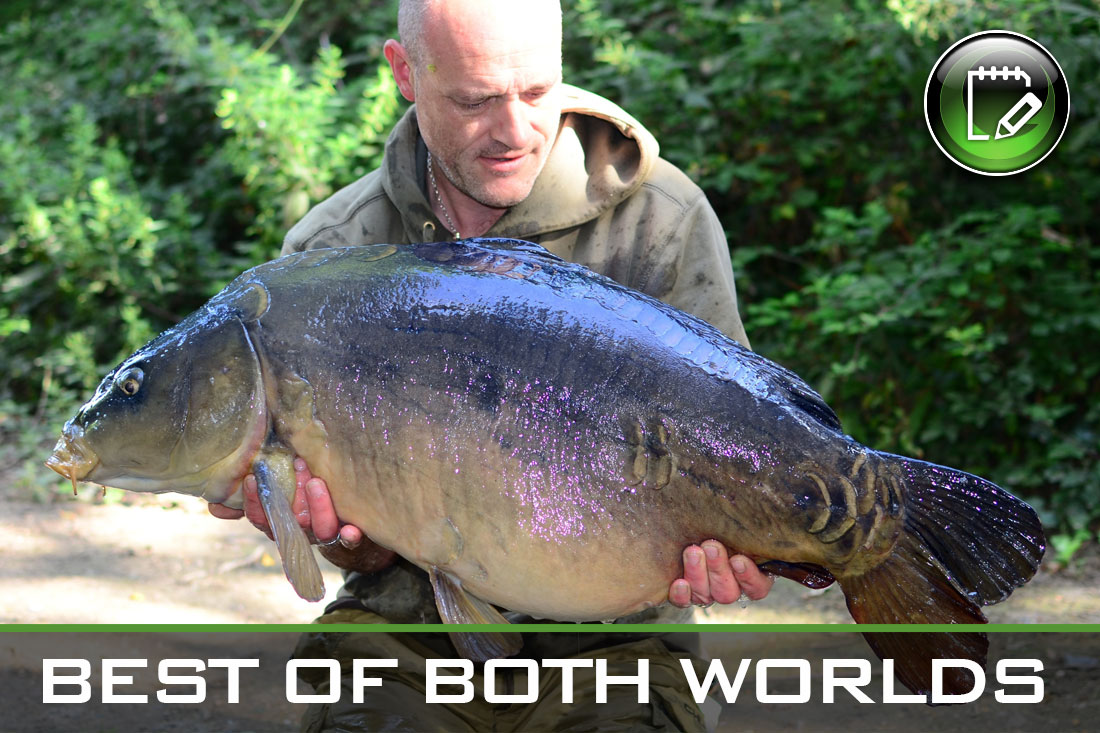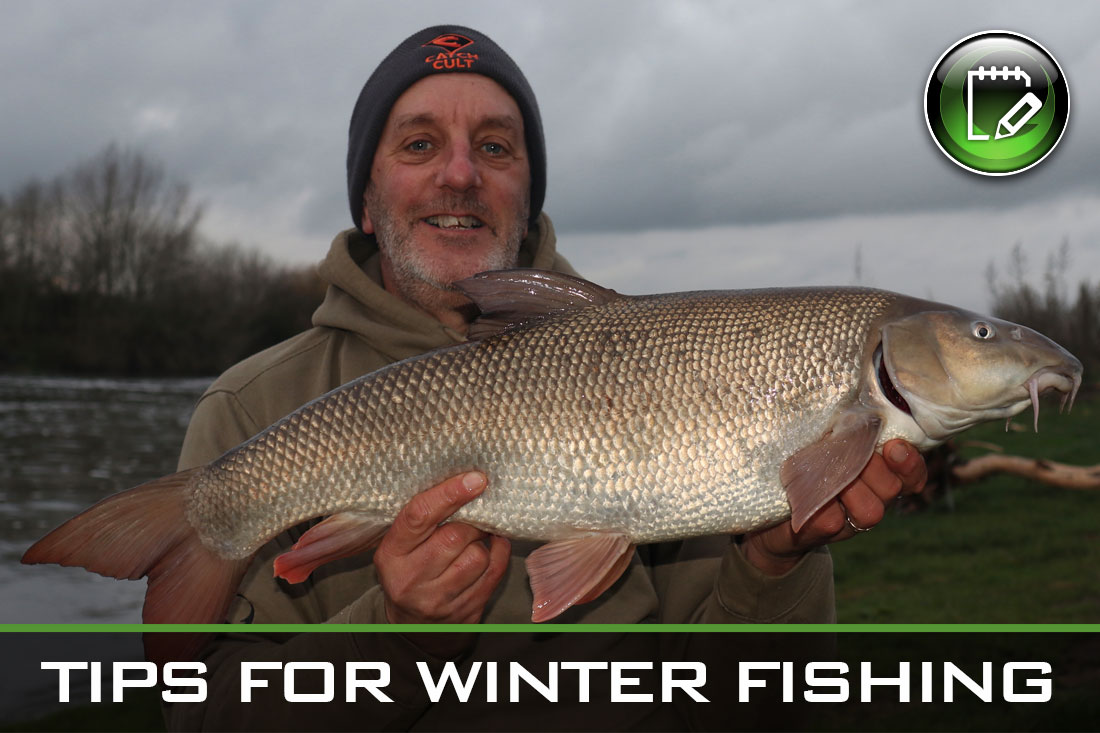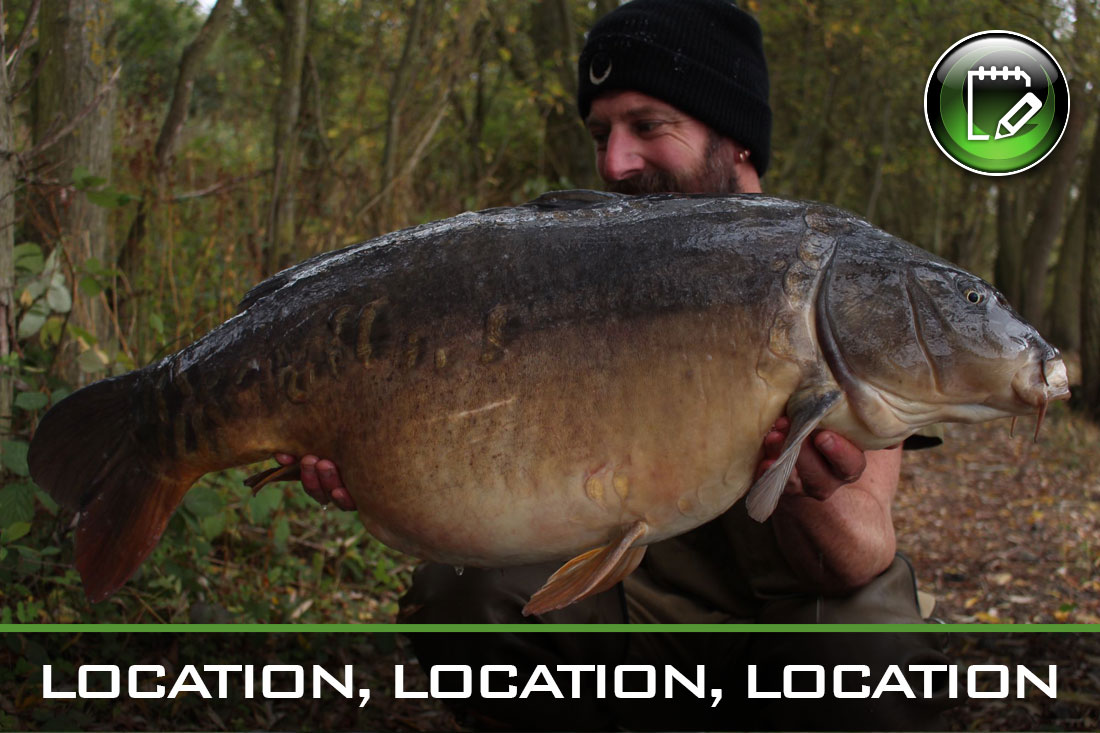These days fishing can be frustrating! Sometimes you see the fish jumping and crashing on the baitedspots, but the expected bites don’t occur . This can be hard to accept, but it can also be a chance to adapt your “end tackle” and amend the way you are baiting up your swim or hot spots. These days the banks are more and more crowded and the fish have naturally become more and more aware of our presence.
 A few months ago I was reading an interesting article written by a Dutch angler who was critically analysing the last meter of his terminal tackle. This article really made me think about my “last meter” and I decided to throw everything overboard and make a “restart” working from a blank sheet.
A few months ago I was reading an interesting article written by a Dutch angler who was critically analysing the last meter of his terminal tackle. This article really made me think about my “last meter” and I decided to throw everything overboard and make a “restart” working from a blank sheet.
To start with I decided that I had to find a new piece of hooklink material, so looking at what Gardner had to offer I found the Vigilante material and thought it was very good looking. I know that it wasn’t designed to be used as a hooklink but as a snag-leader in the higher breaking strains, but for my venues the deep brown color of Vigilante was absolutely spot-on.
 I am also a great lover of big leads so I decided to try the large flat pear inline leads 5 oz. As I am fishing a lot in the margins I could get away with these very big leads, and when I am fishing at long range I am positioning my hookbaits using a boat. Inline leads are in my opinion the best shape to hook the fish. When they pick up the baited hook the lead immidiately creates maximum resistance on the hook point causing the hook to prick the fishes mouth as the hooklink transmits the full weight of the lead.
I am also a great lover of big leads so I decided to try the large flat pear inline leads 5 oz. As I am fishing a lot in the margins I could get away with these very big leads, and when I am fishing at long range I am positioning my hookbaits using a boat. Inline leads are in my opinion the best shape to hook the fish. When they pick up the baited hook the lead immidiately creates maximum resistance on the hook point causing the hook to prick the fishes mouth as the hooklink transmits the full weight of the lead.
Another tweak I employed is with the “rough” coating of the ‘gravel’ and ‘chod’ finish of these inline leads. You can rub some weed or dirt on them to make sure they blend in even more with the lake bed (perfect camoufage).
 The next step I took was to change my mainline. I heard a lot of my friends talking abouth Fluorocarbon lines, but the general concensus was that it did not cast so well, you couldn’t tie nice knots etc…. Never the less I reeled Mirage onto my spools and decided to give it a go. The Mirage line spooled very nicely and i saw no noticeable difference in my knots than when I was using the well proven HydroTUFF.
The next step I took was to change my mainline. I heard a lot of my friends talking abouth Fluorocarbon lines, but the general concensus was that it did not cast so well, you couldn’t tie nice knots etc…. Never the less I reeled Mirage onto my spools and decided to give it a go. The Mirage line spooled very nicely and i saw no noticeable difference in my knots than when I was using the well proven HydroTUFF.
 A greatest bonus is that Mirage sinks like a stone to the bottom of the lake, giving you the change to fish with totally slack lines. It is very imported that you give your line sufficient time to sink to the bothem of the lake. Fishing with slack lines also means that you fish with your bobbins on the floor (so there is no unecessary tension on the line). I didn’t like the sight of seeing my Bugs laying on the floor. If you have a take the could be messed-up with leaves and dirt, but Gardner has some little beauty’s for that, the Bug Cradles – very simple to use but also very handy.
A greatest bonus is that Mirage sinks like a stone to the bottom of the lake, giving you the change to fish with totally slack lines. It is very imported that you give your line sufficient time to sink to the bothem of the lake. Fishing with slack lines also means that you fish with your bobbins on the floor (so there is no unecessary tension on the line). I didn’t like the sight of seeing my Bugs laying on the floor. If you have a take the could be messed-up with leaves and dirt, but Gardner has some little beauty’s for that, the Bug Cradles – very simple to use but also very handy.
 The next step but for me (possibly the most imported step) is to only fix the swivel lightly, and not to push the swivel to hard in there. When the fish has picked-up your hookbait the hook takes hold, and then as soon he shakes his head the lead must drop off the swivel. This way the fish doesn’t know what to do, as he has the hook in his mouth amd completely slack line! This normally results in good old fashioned full blooded runs.
The next step but for me (possibly the most imported step) is to only fix the swivel lightly, and not to push the swivel to hard in there. When the fish has picked-up your hookbait the hook takes hold, and then as soon he shakes his head the lead must drop off the swivel. This way the fish doesn’t know what to do, as he has the hook in his mouth amd completely slack line! This normally results in good old fashioned full blooded runs.
Another point that I am always critical on, is that I am making sure that my rig can rotate, (it has to turn in every angle). For that I am using flexi rnig swivels or when I fish with sticks ar bags I am using clips.
So that was the technical side of my changes. Next time I’ll give you the inside to my baiting aproach.



Tight Lines…. SLACK LINES
Chris Vandenhaute
















Leave A Comment